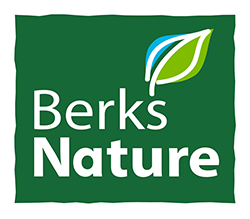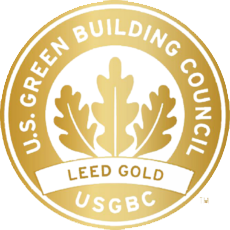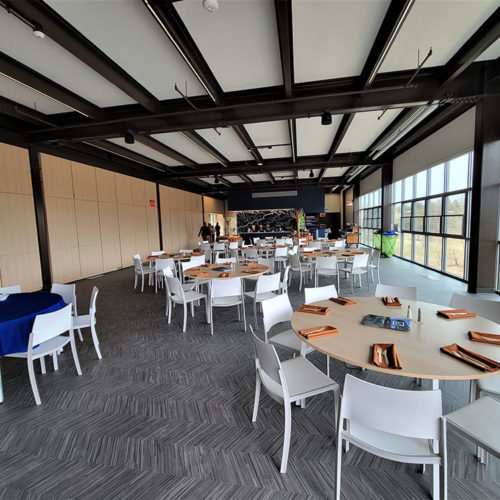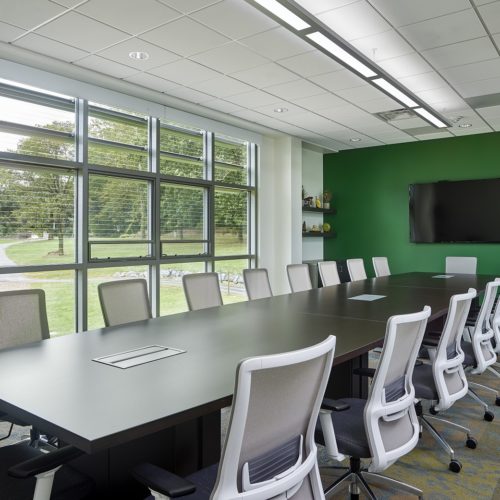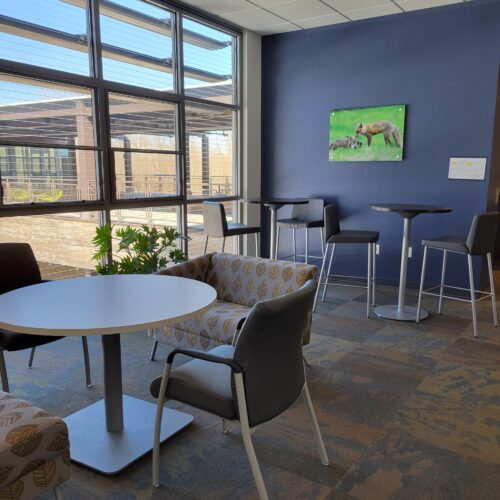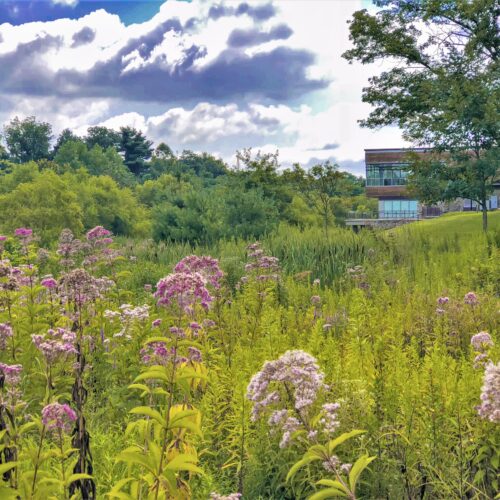Home to Berks Nature’s headquarters, Eco-Camp, and the Berks Nature Preschool, The Nature Place first opened its doors in 2017 after fundraising more than $4 million for the building’s construction.
Nestled within the nearly 100 acres of Angelica Creek Park, The Nature Place represents a unique and innovative arrangement in which a private, non-profit entity (Berks Nature) manages and operates out of a city-owned, public park.
Take a stroll along the dog-friendly walking trails. Tour the active restoration of the Angelica Creek floodplain, from cattail wetlands to blooming pollinator meadows. Embrace your inner child and let the kiddos run free in the Nature Play Zone.
The adventure continues inside The Nature Place: Reading’s nature center. Play your way through our interactive, learning exhibit, a series of games, crafts, and other activities with rotating themes. The Nature Place store has a variety of environmentally-themed gifts – from books, to toys, to local honey – perfect for any nature lover! Or, tour the green features of our LEED Gold certified nature center to learn more about sustainable building practices yourself!
